source : http://masterok.livejournal.com

Here we already know the 100 and more facts about Singapore and even surprised Heavenly boat Marina Bay Sands . And now another miracle Singapore - conservatories.
Singapore Botanic Gardens, recognized as the best building in the world, winning the prestigious World Architecture Festival 2012. main architect of this project is to Wilkinson Eyre, together with Grant Associates, Atelier One and Atelier Ten. Complex is represented by two buildings, located in the heart of the new park complex Gardens by the Bay on the shore of the bay, occupies an area of 101 hectares. The project is based on the strategy of the government to transform Singapore into a "city in a garden." Huge greenhouses are a combination of modern design and innovative technologies in the field of climate control. In the permanent exhibition of the Warter Gardens is comprised of numerous plants of the Mediterranean and semi-arid tropical regions.

Conservatories striking in its apparent ease and delicacy. They are made from a specially formulated glass that absorbs excess sunlight. Furthermore, installed on the roof of the dome special retractable sail creating shadow plant, if the temperature exceeds the maximum allowable. In the floor structure hiding special pipes with cold water retention refreshing air mass beneath, while the warm air rises to the top of the dome. A special solar power plant generates the necessary amount of energy. Thus, plants feel great regardless of the weather conditions.

Singapore Botanic Gardens as if through a kaleidoscope shows all the luxury, richness and diversity of flora of the island. Garden tour - part of a memorable stay in Singapore. Garden is located near the city in large parts of 52 hectares. It has hundreds of amateur beauties deaf paths of this rainforest and manicured avenues leading from pond to pond, a kind of "open-air exhibitions" - Ginger Garden and Palm Valley, Swan Lake, with its graceful creatures. Since all plants are equipped with illuminated nameplates, you can at the same time and repeat the basics of botany.

First appeared in the Botanical Gardens in Singapore in 1822. The founder of the state and big amateur naturalist Sir Stamford Raffles (Stamford Raffles) created it mainly to introduce the cultivation of economically profitable crops, such as nutmeg, cloves and cocoa. However, working in this mode, the garden pretty quickly - within seven years, has ceased to exist and went into public ownership. Subsequently horticultural society of Singapore was founded another park - no longer farm, and decorative - with paths, terraces, a bandstand and even a small zoo. Gradually, he became the leading equatorial botanic garden. Today it is already 148 years old, and he has always attracted tourists from all over the world.
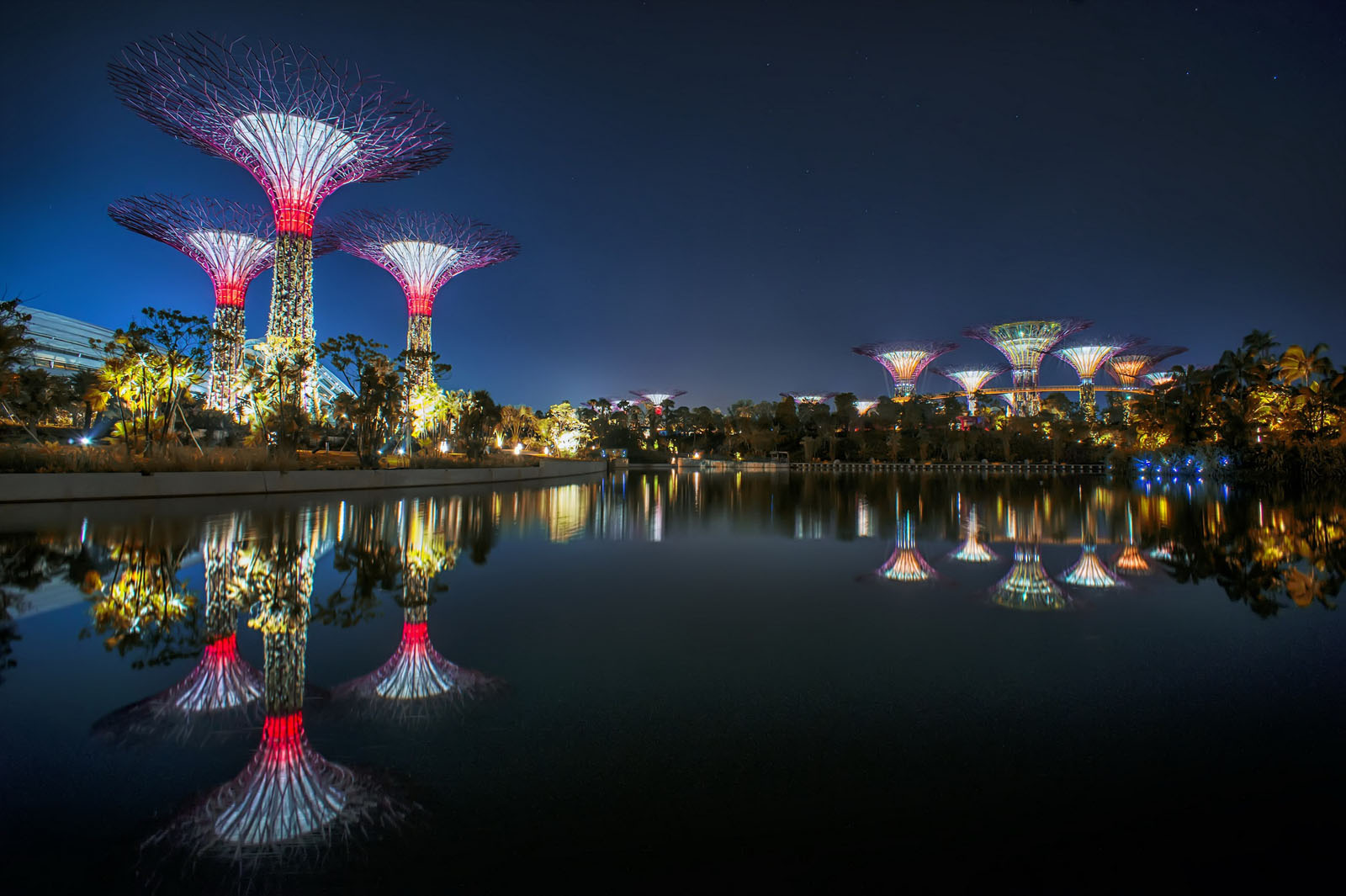
Inside the Botanical Garden is his greatest pride, a place where every year there are more than half a million travelers - National Park Orchid. It opened October 20, 1995 at the initiative of Deputy Minister of Singapore Lee Gual Yew (Lee Kuan Yew).

Orchid Park is located on one of the hills of the Botanical Garden, and covers an area of 3 hectares. Today it is the world's largest collection of live orchids and center of excellence for hybridization, and conservation. The park consists of 60 000 species of animals, including 400 species and more than 2,000 hybrids

Richness and diversity of the collection - is the result of careful selection and exchange programs with other botanical institutions. Garden staff hold regular trips around the country, collecting fresh flowers for the collection and herbarium.
Initially the collection of orchids was created within the framework of the Botanical Garden to study the flora of the country. But as soon as the acquisition of new, more interesting species of orchids, they were presented at the exhibition, and have become very popular as garden flowers. Once the program started breeding orchids at the end of the 1920s, the variety of flowers began to gather as well as material for research.

Orchids of Singapore - this is the most extensive and colorful collection. Here you can see the most beloved and revered orchid - "Vanda Miss Joaquim". In 1893, scientist Agnes Joaquim first raised, in fact opened and invented, the Singapore orchid, which in 1981 became the official symbol of Singapore. Subsequently assigning new species of flower names of famous people has become a tradition, for example, in the park, you can find an orchid Princess Diana, Queen Elizabeth, Nelson Mandela and President Soeharto.
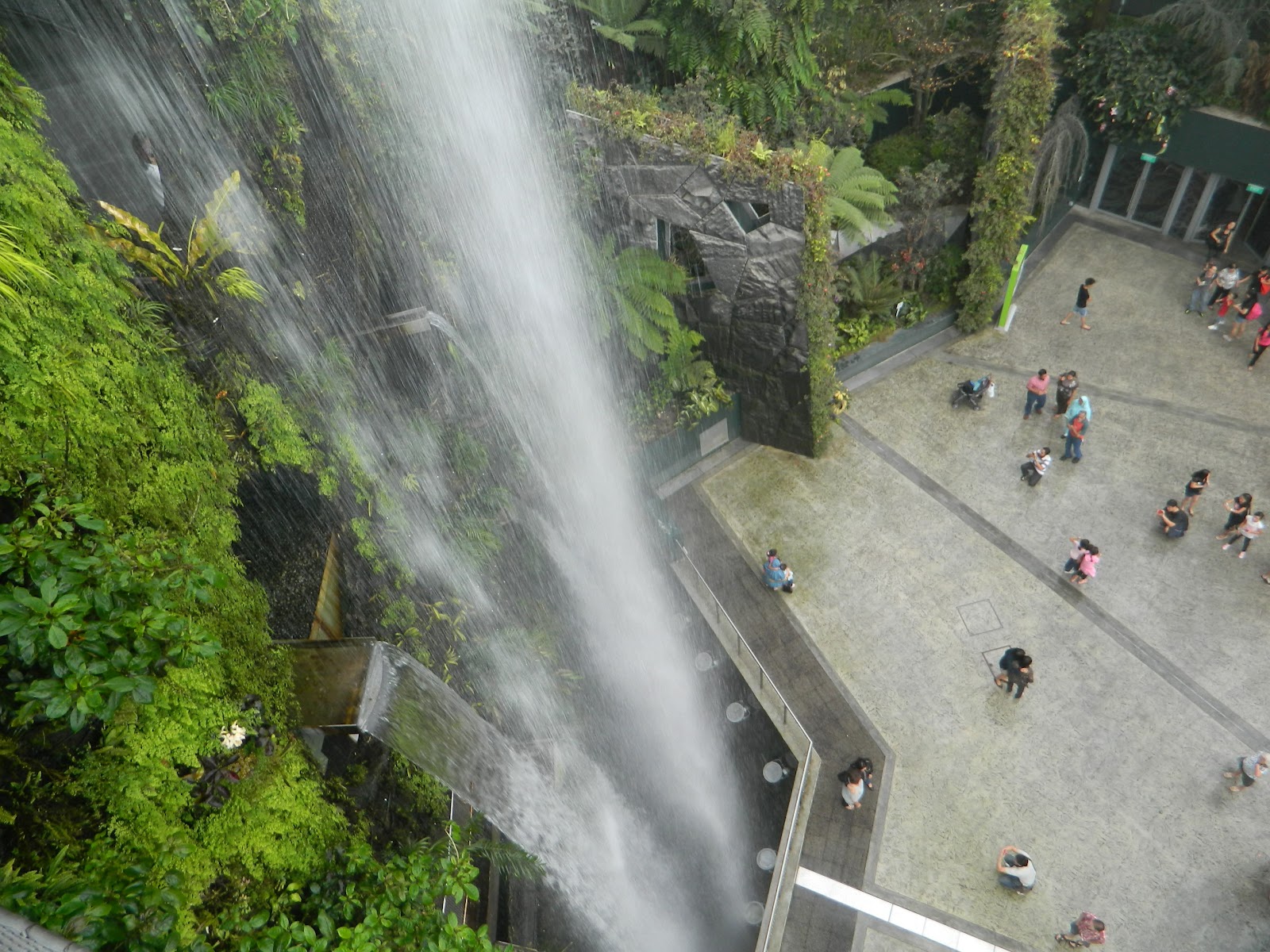
VIP Orchids imported from other countries. Most of the species were found in the countries of Southeast Asia: Thailand, Malaysia, the Philippines, on the islands of Java, Sumatra, Sulawesi, Borneo. Smaller amounts are presented orchids of Burma and Indochina, as well as Australia, China, India, Madagascar.
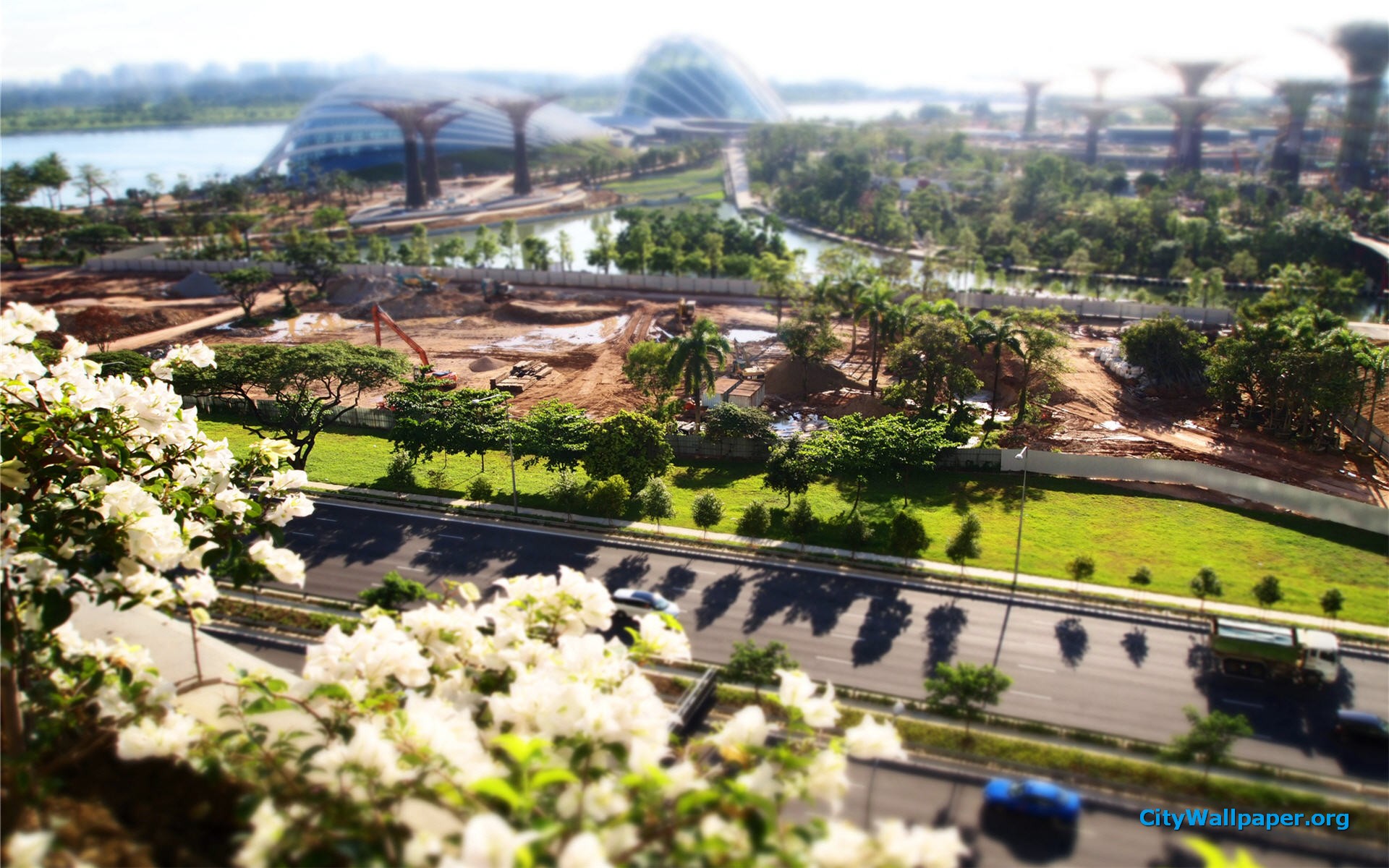
Cool House - a glass pavilion, which contains the "cold" species. Over the past thirty years in the park created the conditions for growing orchids imported from countries with temperate climates. Temperature and light level in the pavilion aligned with the natural growth conditions of colors. Every year, this innovation will only expand the range of species of orchids that can be displayed in the National Park.
Bromeliad garden - more than 300 species and 500 hybrid forms of Central and South America. To bromeliads are plants such as pineapple, Tillandsia, Aechmea, kriptantus, Guzmania, etc..

A distinctive feature of the National Park of orchids - this idea of these amazing colors. Within each thematic part created four separate color zones: in the "spring" is dominated by bright colors, gold, yellow and cream shades in the "summer" zone mainly collected red orchids in the "autumn" flowers mature, saturated colors predominantly orange range, and in the "winter" planted white and pale blue orchids. Only one color for orchids in Singapore do not recognize - black, although it is possible to deduce it. It is believed that, despite the refinement of forms, black orchid loses its tenderness and ceases to be present, because the true beauty of its color - in the game of halftones.

In order to achieve this color zoning, the ministers of the Park for a long time and carefully selected colors and nurturing the new hybrids wider color gamut. In addition, the orchid has grouped by type: epiphytes (orchids that grow on other plants that support their livelihoods), terrestrial plants (what we usually used to seeing) and curly flowers. In fairness it should be noted that the Orchid Park - a celebration not only for the eyes but also for the nose. Just imagine how magical, vicious-sweet flavor hovers over a huge area planted with the most exquisite in the world of flowers.
Orchids in The National Orchid Garden grow in the wild, without special tools, moist, and, most surprisingly, no fences. Singaporeans are proud of the fact that all the work of caring for orchids is done manually. Anyone can come, touch, smell and be photographed with the pleasant instance. But God forbid, something tear, cut or dislocate! In Singapore, an orchid - a symbol of the state, and it is protected by law carefully and zealously.
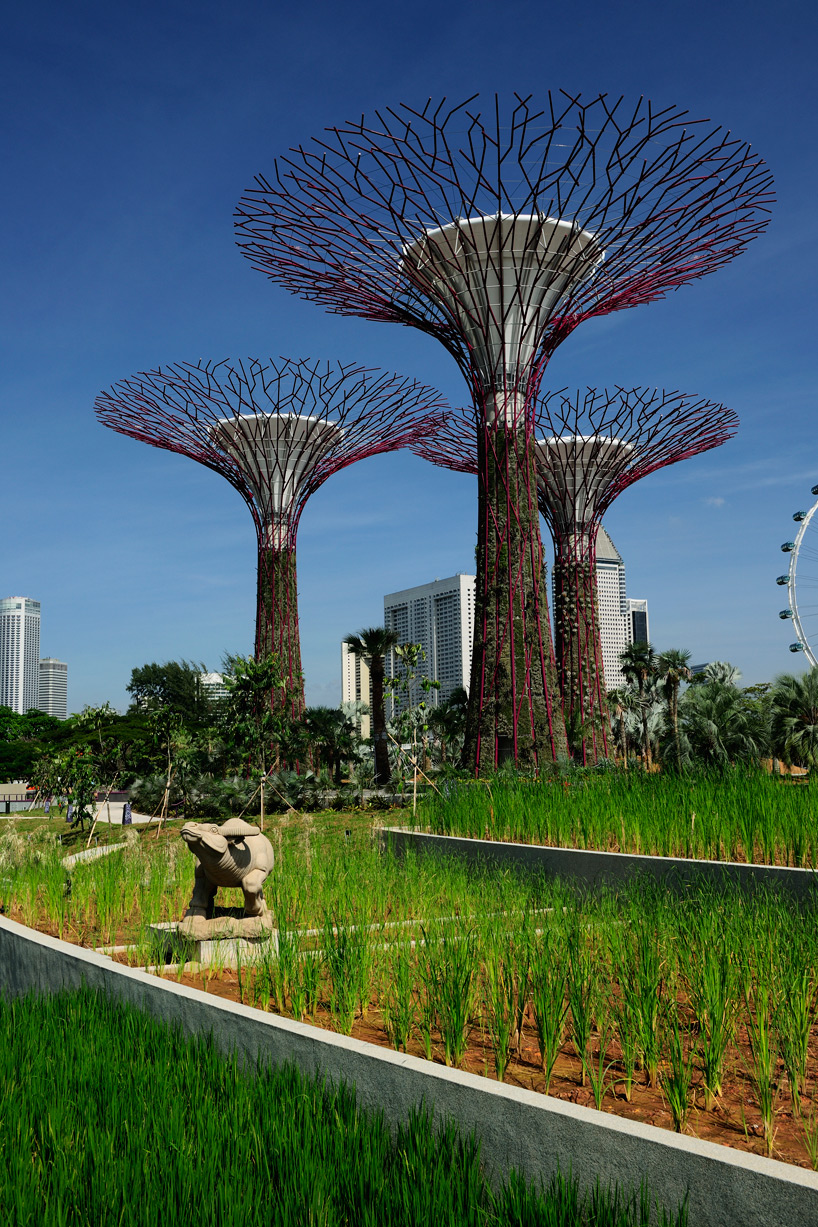
In memory of the visit of the Singapore Orchid Park you can buy one of the most amazing and precious gift - an orchid in gold. A similar miracle is cultivated here, the plantation live orchids. Do it this way: in a solution with a high gold content is placed just pick a flower, careful petals are bent and retained their natural shape. When the current is switched in the solution begins the electrolytic process, and petals uniformly covered with a layer of gold. Large and medium-sized flowers are transformed into brooches, small - in earrings. Each of these jewelry pieces is unique, unique in pattern and shape.
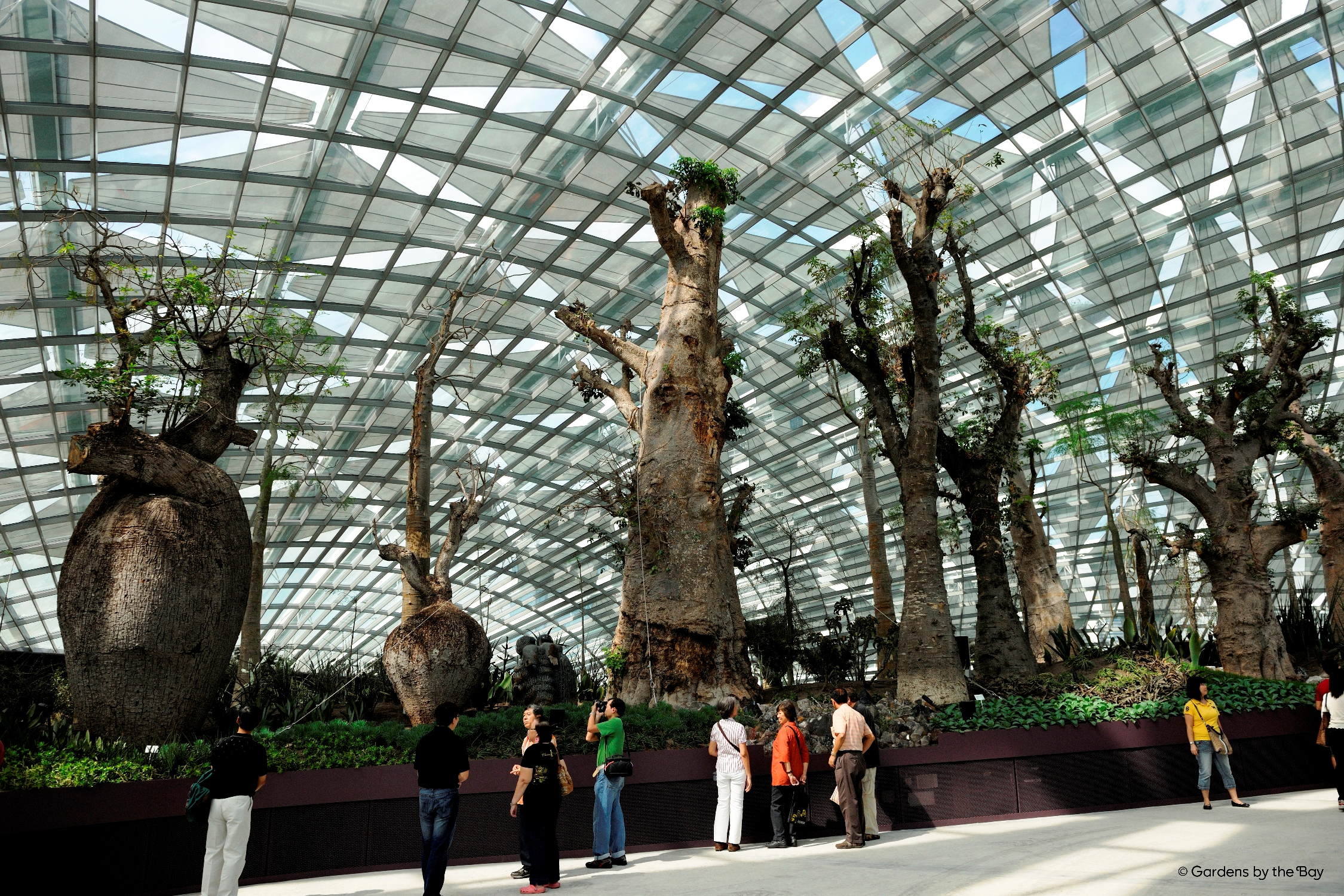
The stores are sold in Singapore made a similar fashion gold bugs and butterflies, leaves and twigs. In addition, the Park souvenir shop you can buy a variety of items with the Orchids theme: calendars, T-shirts, cups, cards and atlases.
Another unique souvenir can be a tube with germ live orchids. For sale, however, exhibited only 3-4 species. Young plant soldered into the flask with a special gel and conveying, in principle, with some care of it, you can grow a full flower at home. This is a great souvenir that can be brought to Moscow from Singapore. The price ranges from 25 to 100 dollars. With the importation of orchids in the Russian problems should arise.

For those who came to the park, not only for entertainment and contemplation, but also for the sake of scientific interest, a library of Botany and Horticulture, which contains valuable books and periodicals are available, but not least, in the English language. The library is also open to the general public herbarium total flora of Singapore, which contains samples and descriptions of more than 100 thousand plants found on the island.
Official Site:
http://www.sbg.org.sg/index.asp
Site all the parks in Singapore:
http://www.nparks.gov.sg/

Hours of Operation
Botanical Garden: 5:00 am to midnight (daily), National Park orchids: from 8:30 to 19:00 (every day).
Admission
Botanical Gardens: Free
National Park Orchid: adults - 2 sing.dollara ($ 1.26 USA), children and pensioners - 1 sing.dollar ($ 0.63 USA). Includes tour (lasting about 2 hours), but independent walks, of course, also possible.
Map of the Botanical Garden
http://www.sbg.org.sg/visitorinfo/mapofg round.asp

Location
Cluny Road, Singapore 259569
Tel:. + 65 6479.7100
Fax:. + 65 6475.4295
How to get there
Station MRT Orchard (NS22) along the boulevard Orchard Boulevard, then by shuttle bus SBS Bus 7, 105, 123 or 174 to stop Cluny Road.
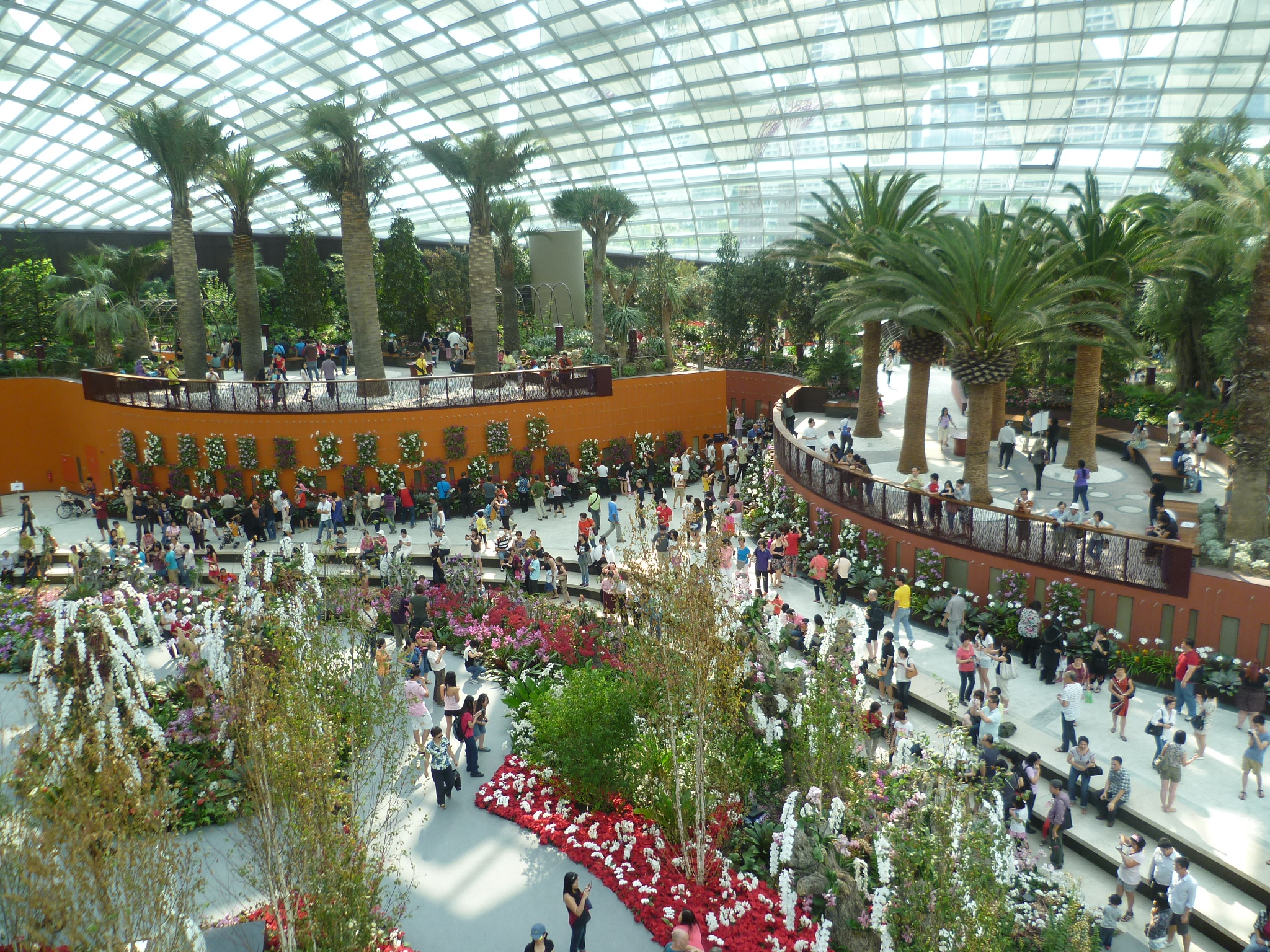
Gardens by the Bay can not be called a traditional park. Despite the huge size, the area of the garden is not designed for quiet nature walks or picnics amicable. Gardens by the bay - a laboratory where it is constantly hard at work: while botanists and environmentalists care for 700,000 colors, designers and architects breed new species, crossing the nature and mechanics. So, the park is housed 18 "supertree" - whether sculpture, whether these plants - at first sight and could not tell.

Domes-biomes in size equivalent to about 4 football fields, and upon completion, they will be home to 220,000 plants from almost all continents of our planet. An interesting feature of the dome of the flower is that horticultural waste feed massive steam turbine that produces electricity. This electricity is enough to fully pitatsya entire dome, as well as to monitor the climate and atmosphere inside. These two domes will be the only place to park where have to pay an entrance fee. Throughout the rest of the vast territory of the gardens of the future will be walking completely free.

In total, there will be an 18 supertree in height from 25 to 50 meters.
Bridges height of 128 meters in length and a height of 22 meters will connect higher supertree opening visitors an incredible view of the entire park and the bay.

11 trees will be equipped with photovoltaic systems that convert sunlight into energy. Energy collected during the day will be used at night to illuminate the entire structure.
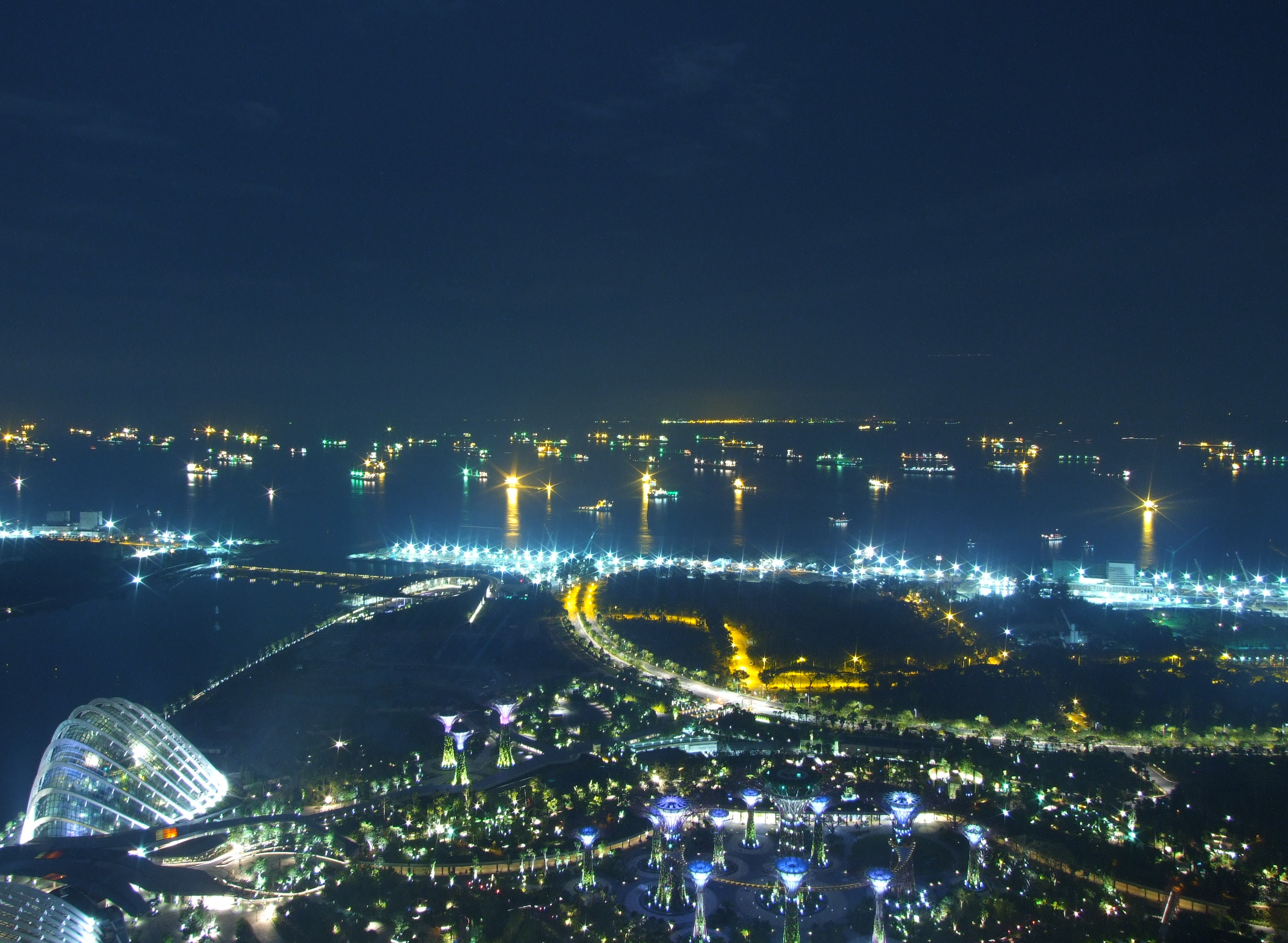
Each supertree will consist of many planted in a special frame of ferns and tropical flowers.
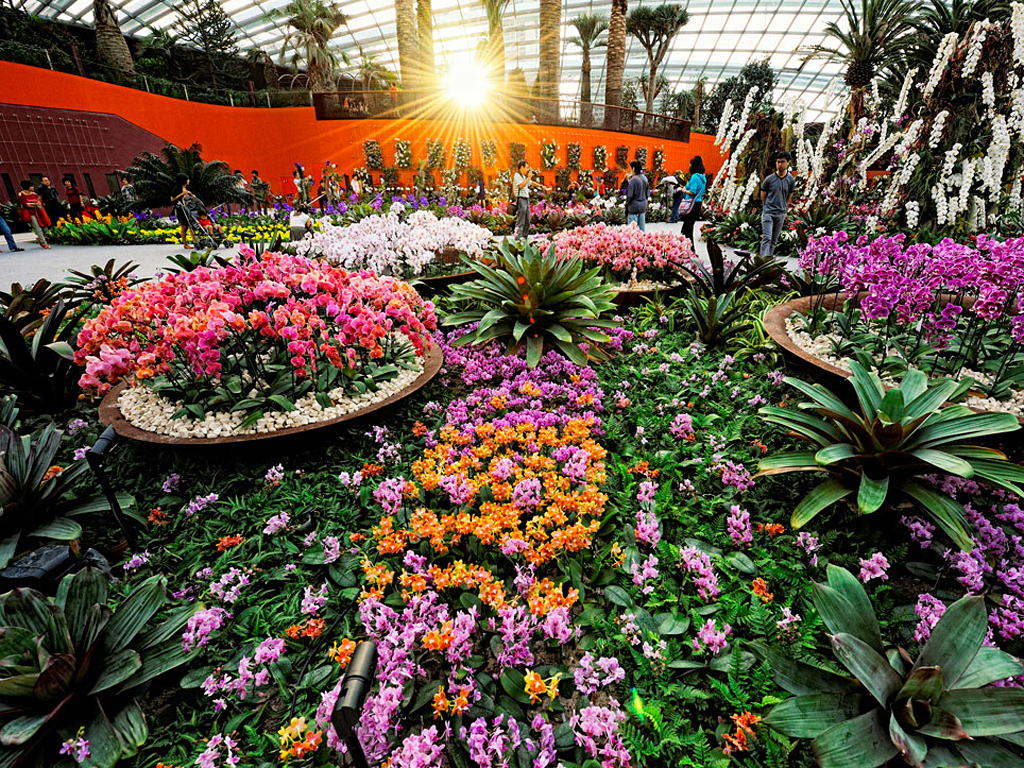
Special tents will serve as temperature regulators, absorbing and scattering sunlight. Trees also will be equipped with rainwater harvesting systems. Each of them will consist of all kinds of plant 163000 more than 200 varieties.

The developers of these wonderful structures is a British architecture firm Grant Associates. The park will be open to visitors every day from morning to evening.

Botanical Garden conducts special workshops (group and individual visitors). Seminar topics are widespread: home gardening, farming exotic plants, bromeliads and begonias content in the home, taking care of plants in the pond, pests and diseases, herbs and spices, dwarf trees, African violets, and of course a number of separate courses on keeping and breeding orchids.
Duration seminars up to 3 to 8 hours. Prices from 40 to 100 SGD. dollars.
Children's educational program
Singapore Botanic Gardens also conducts classes for children, where in a playful way they explain the evolution of plants, talk about families and species living conditions. Offers programs for all ages (groups 5-8 years, 9-12 years, 5-12 years, 10 - 18 years).
The duration of up to three hours, the value of 2.5 to 7.5 SGD. dollar, in a group of 20 people to 25 people.

In the near future, the Botanical Garden will open "Kindergarten Jacob Ballas», which will be carried out training programs for children in botany with games and entertainment area.
Special Events
16-25 December 2006 will be the first Singapore Garden Festival (Singapore Garden Festival) - the main holiday floral Asia, where the prize will be awarded to the best growers in the world. The festival will host international exhibition of flowers from the Netherlands, Australia and Malaysia and other countries. The festival promises to be an annual event.
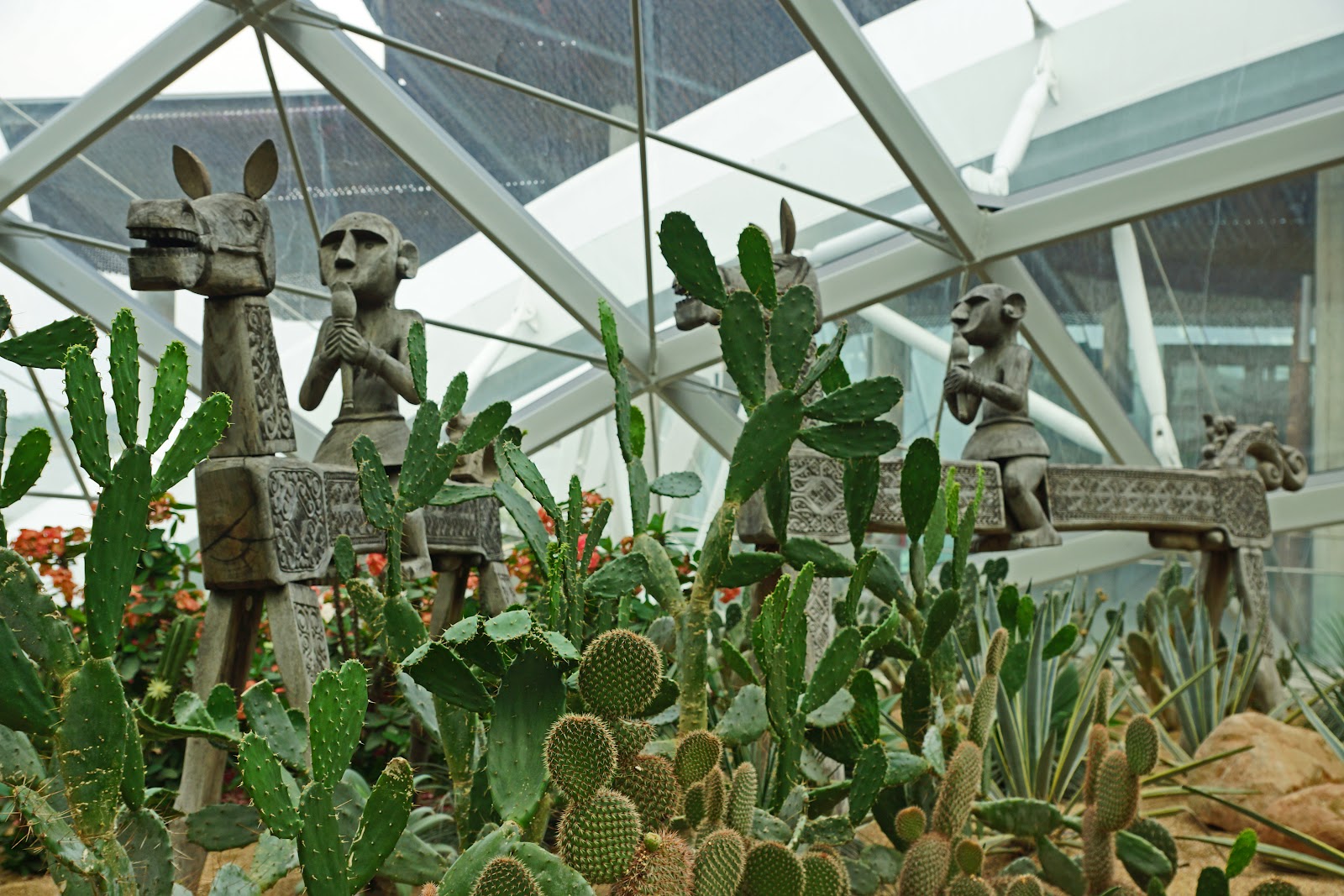
On the other events held in the Botanic Gardens can be found here: http://www.sbg.org.sg/calendar/calendar.a sp
Souvenirs
In the store you can buy Botanical Garden variety of gifts and souvenirs natural and ethnic themes, as well as a wide range of books on botany and gardening. Hours: 9-00 - 19-00.
Nature gallery RISIS offers a wide range of souvenirs made of gilded orchids and other souvenirs Orchids theme.
Hours: 8-45 - 17-30.

Where to dine
In the garden are several cafes. Among them:
Cafe «Les Amis»
Asian and European cuisine. Meat, pasta, salads and sandwiches.
Opening hours: 7.30 - 20-00 on weekdays 7.30 - 21-30 on weekends.
«Au Jardin Les Amis»
French cuisine
Shop Botanical Garden http://www.sbg.org.sg/visitorinfo/fnbgif tsoutlets.asp
cafe
practical semenary children http://www.sbg.org.sg/education/workshop adu.asp
and adults






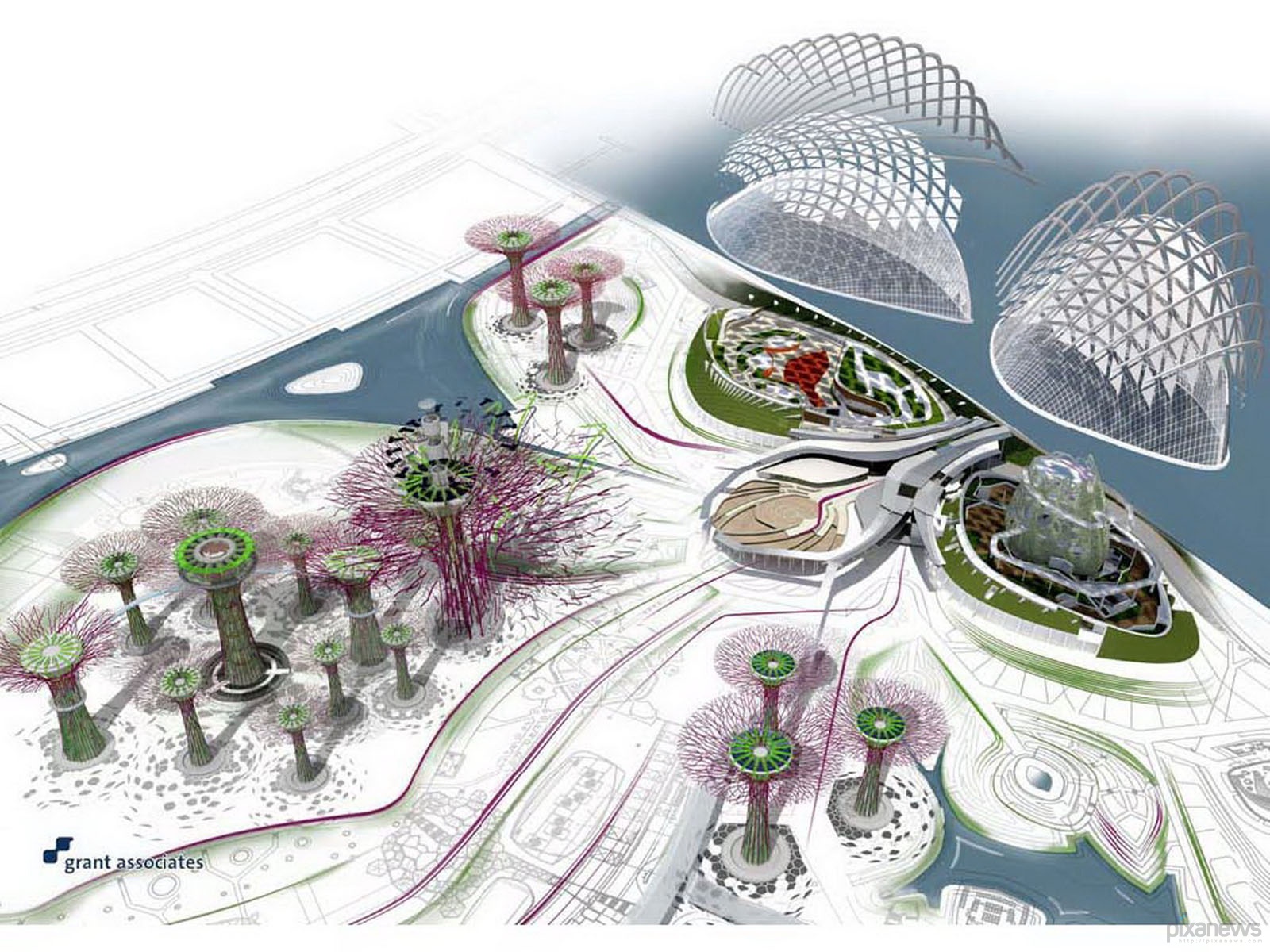





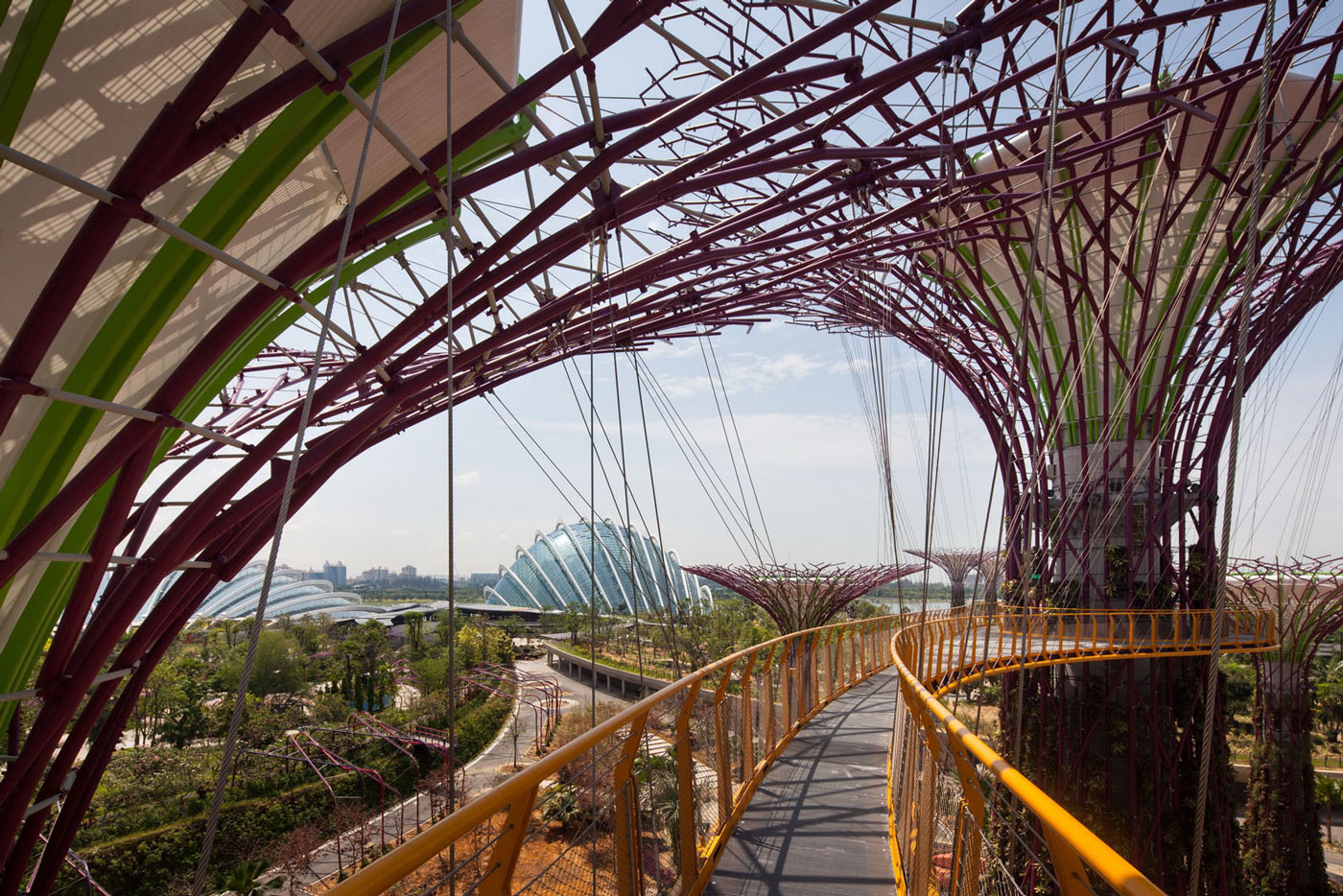
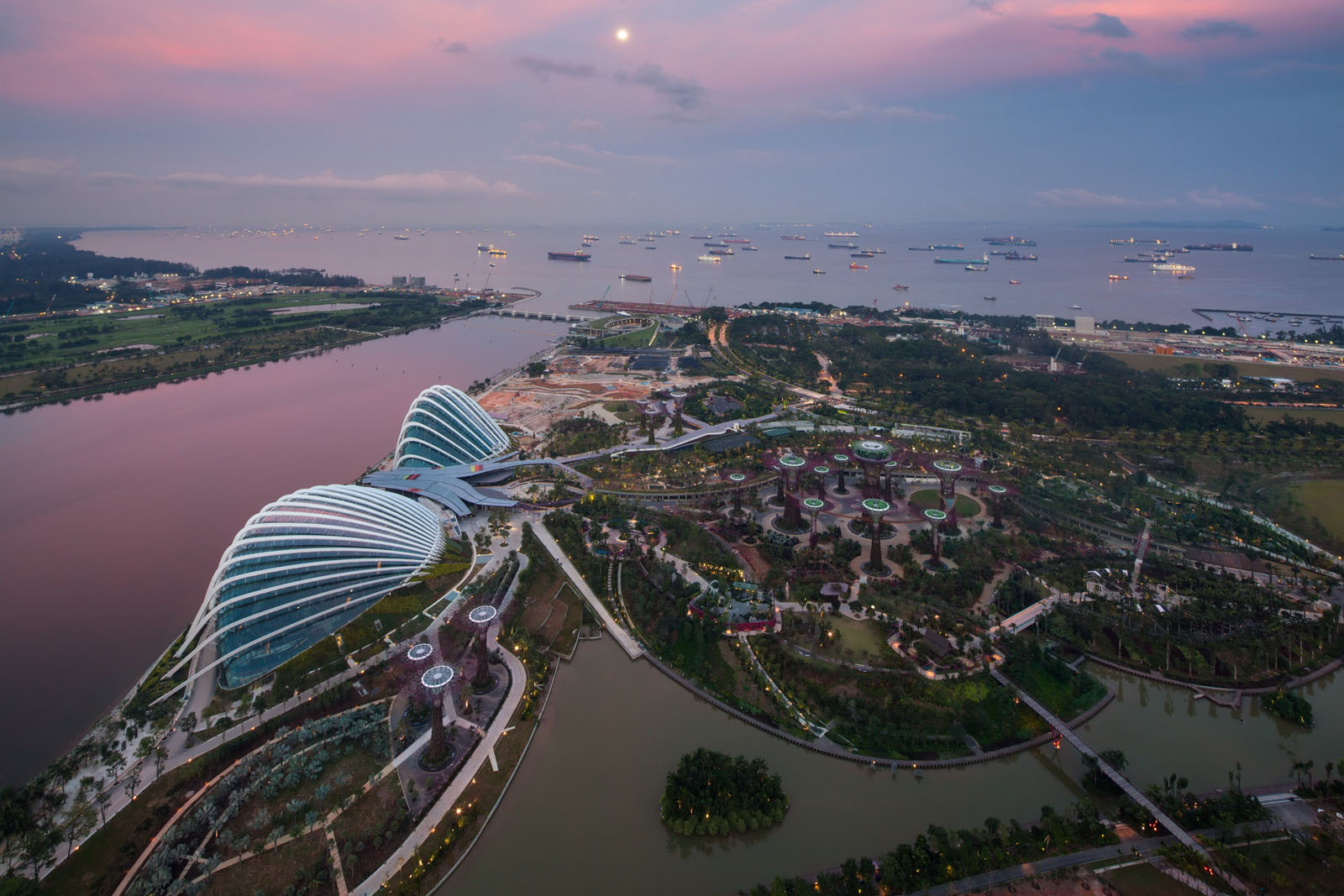

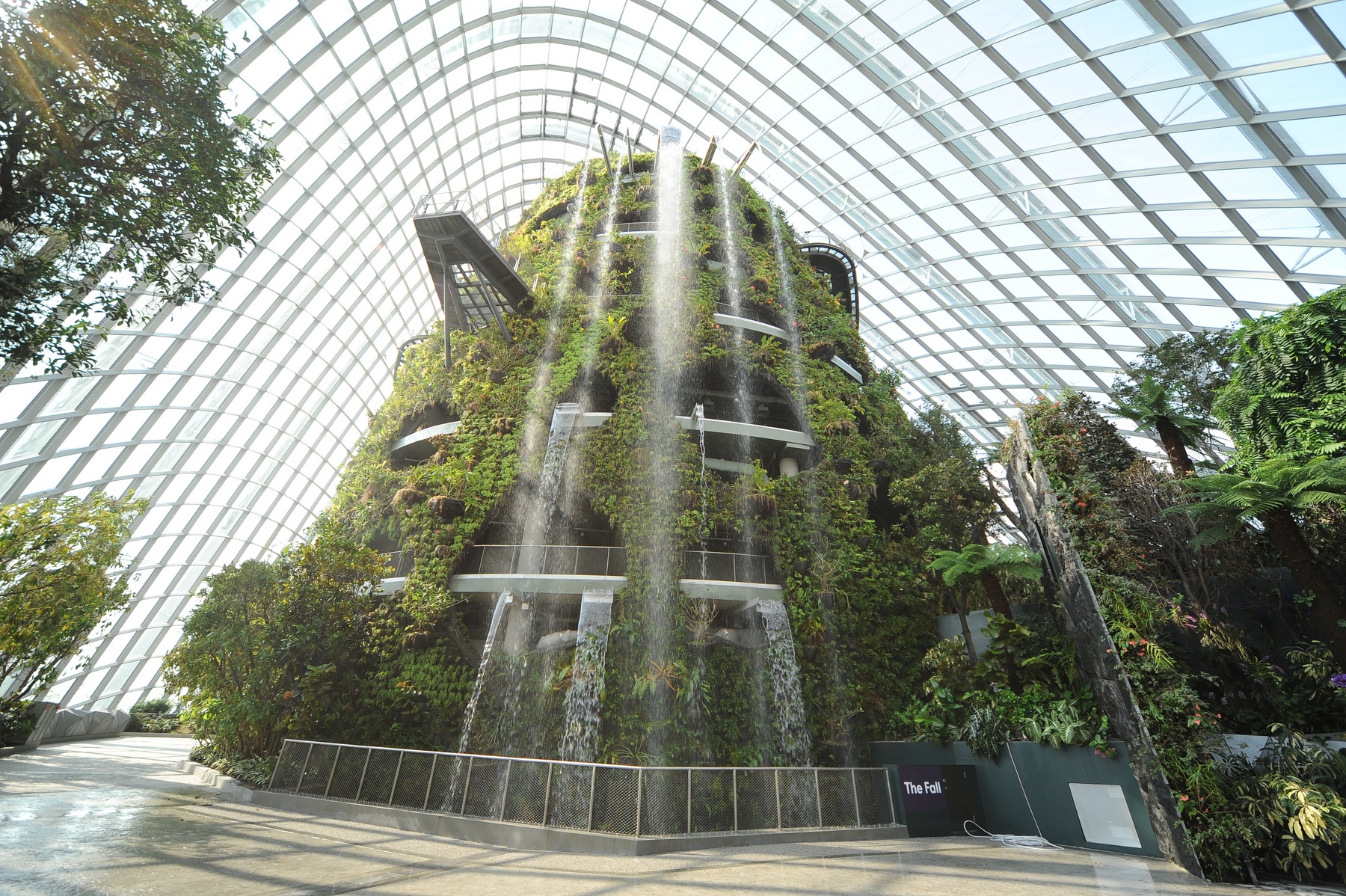


source physics games




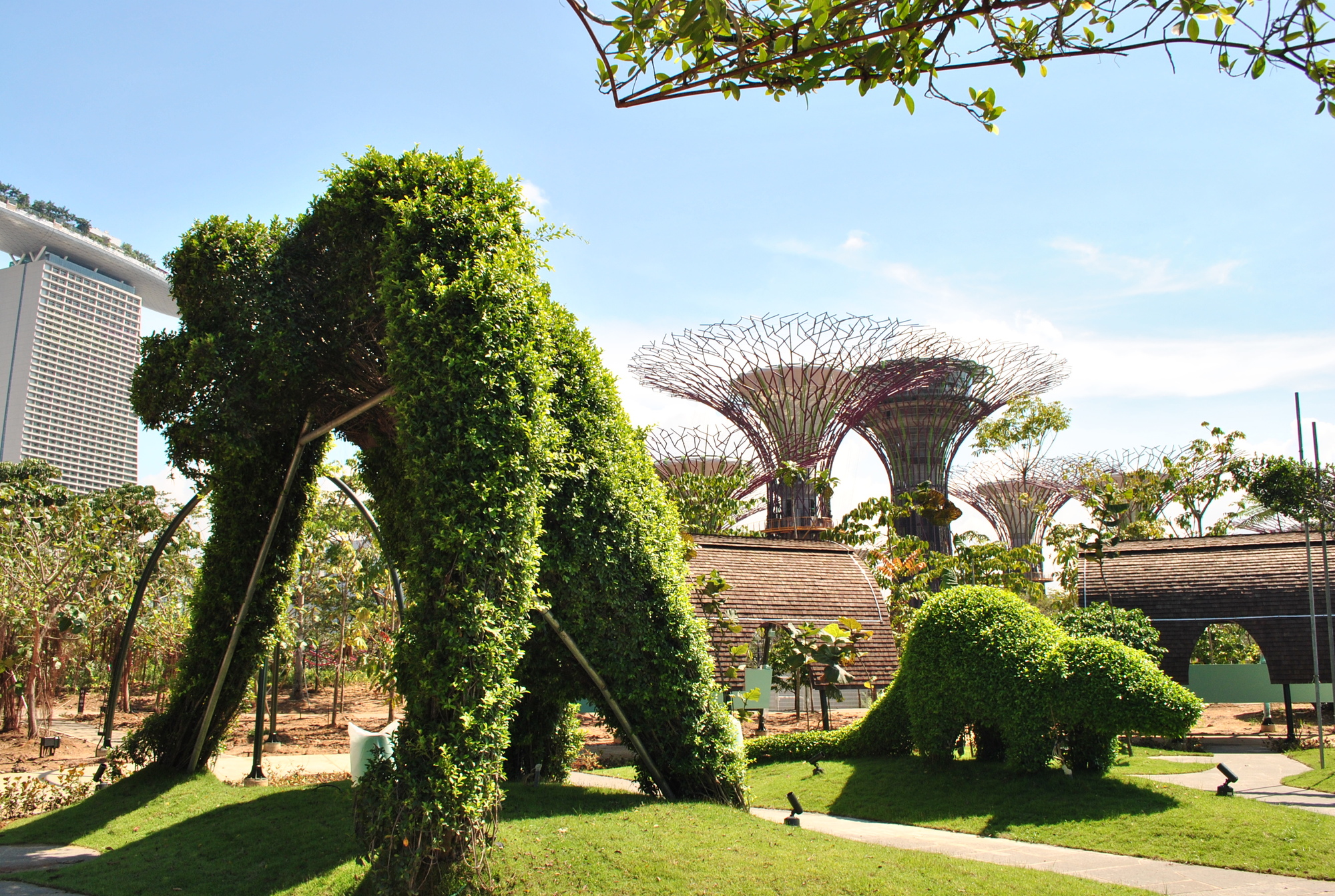
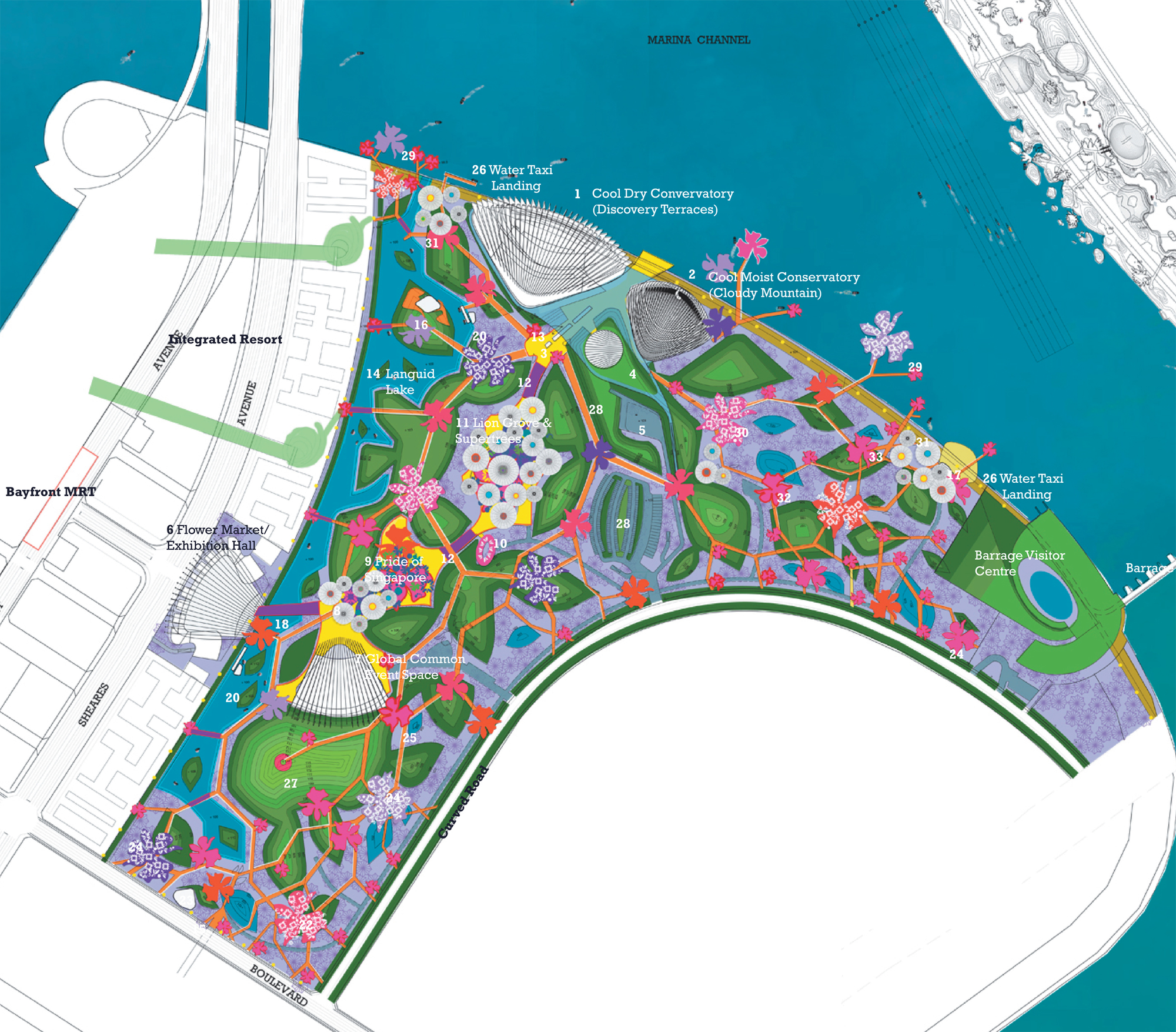




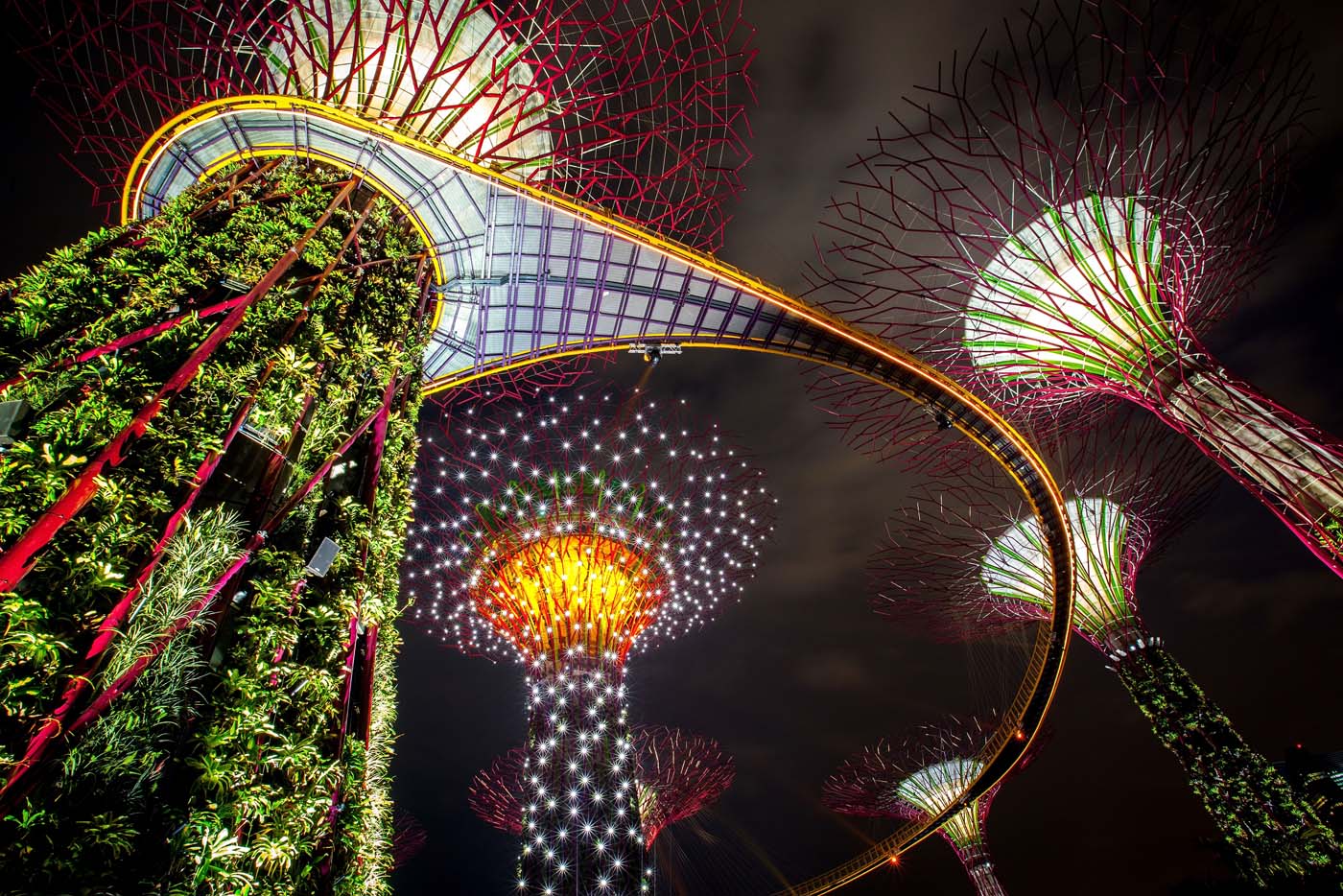
No comments:
Post a Comment